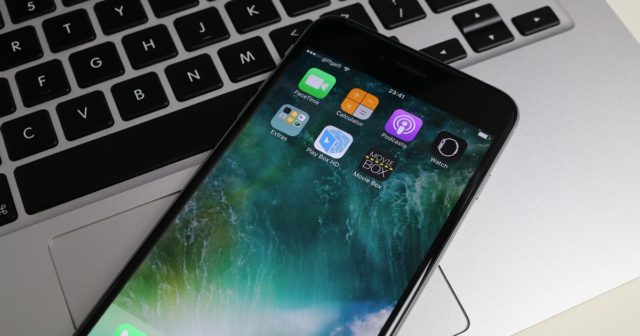
It’s a reality : mobiles are slower with the passage of time and you have suffered in your own flesh. And no, as we have said sometime before and even has declared Apple itself, it is not done deliberately.
The two reasons why the phones slow down are: on the one hand the deterioration and age of the hardware contained in the device (especially RAM) and because the current updates and functionalities do not correspond to the specifications for which your terminal was designed. But also something in action that in computer science is known as data degradation, an inevitable evil to which you had never put a name.

What is data degradation?
In a simplified way so that everyone can understand it, the degradation of data is known as the slow deterioration of the software with the passage of time. Three aspects intervene in this concept: the erosion of software, the disorder or entropy of software and bloat software.
Software erosion
The erosion of the software occurs when we use apps or software every day, in a normal and current way. But it can occur in several ways.
For example, when the developer changes a part of the program code, but bits of the original code still contain bugs. In addition, the user can also use it in a way for which it was not designed, there may be data in the cache difficult to process, a poorly designed interface …

In general, the most common erosion of software occurs due to poor maintenance, something that usually occurs when several completely different third-party apps operate together that require separate updates to communicate effectively.
Software entropy
Entropy applies to various fields of science and refers to disorder. In computer science, it is used when there are unused bits with bugs that do not change, being stored as they are updated with new patches.

Basically, the apps you use most can be updated progressively, but the base operating system only changes to complete with a factory reset.
It is very difficult to avoid that software entropy, mainly because it is impossible to predict what new apps will be capable of or how the software will interact with each other.

Bloat Software
Be careful, do not confuse it with bloatware, which are native programs that come with the phone and that we can not eliminate. It is something similar, but it is not the same. The bloat software is when there is a series of extra features within an app that is unused.
The problem is that it is very complicated to define terms like “extra” or “unused”, because something that a user loves may be the same as someone else hates. Developers need to reach a compromise between the speed of use of a program with a set of attractive features.
In other words, the more complex and complete a software is, the slower it will be. If a manufacturer creates duplicate apps or good if a software comes by default but also install an app that does something similar, in the end, the phone uses both.

How to avoid bit degradation?
The worst part is that it is very little you can do to avoid it. You can do a factory restore to solve software erosion or entropy, but over time they will return. And it is that it is something inevitable with the use.
The best way to avoid bloat software is to buy phones from a manufacturer that develops hardware and software, so if you have an iPhone or a Google Pixel, you’re in luck. Also, in the case of iOS, it is quite balanced and optimized. It is no coincidence that the iPhone obsolescence programmed is much lower and for example in Apple continue to launch software compatible with phones with more than three years old, something that does not occur in Android.

